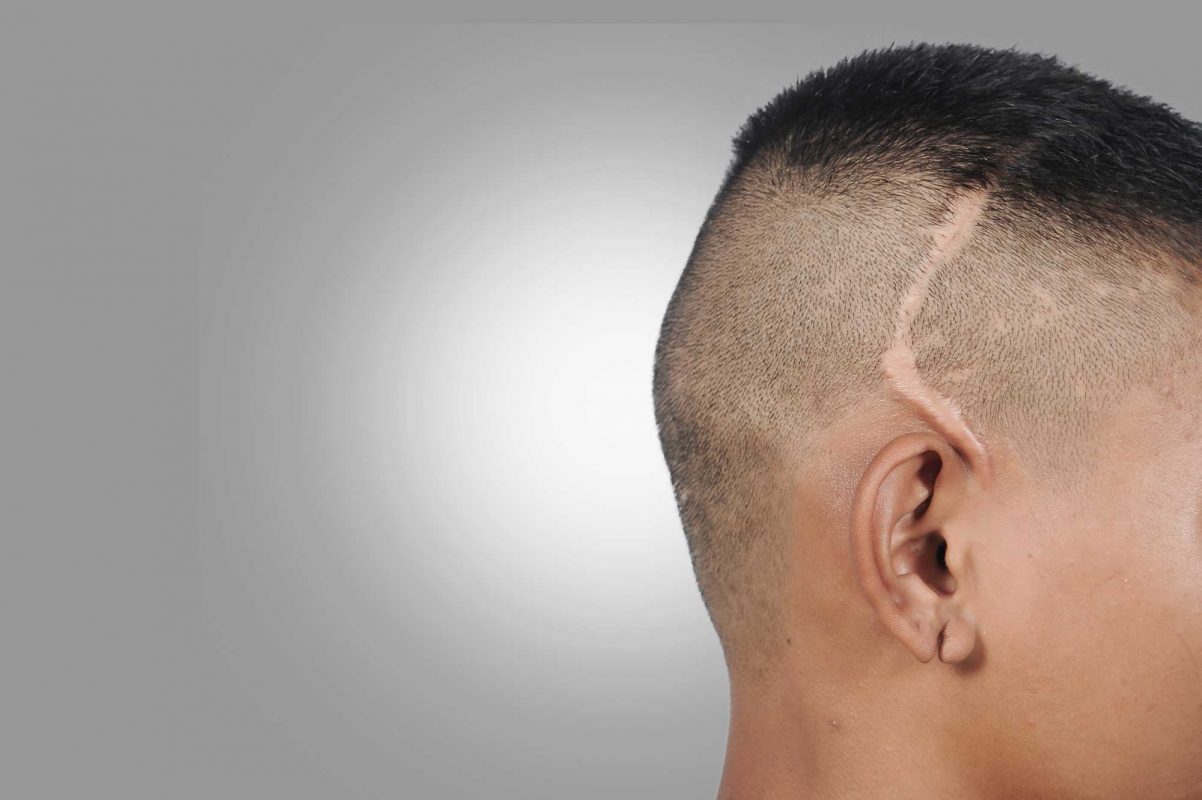SMP
How Does Scalp Micropigmentation Work?
Scalp micropigmentation is a ground-breaking procedure that is revolutionizing the hair restoration industry. Slowly but surely becoming a household name, it is a treatment that is unlike its closely run counterparts, the transplant or medication, in that it doesn’t promote new hair growth. Instead, it conceals the problem in hand. But how does scalp micropigmentation work? And what do you need to know about this innovative and contemporary treatment?
How is Scalp Micropigmentation Administered?
The treatment itself is administered by a technician who has been fully trained in SMP techniques. They will implant pigment in a series of tiny microdots across the scalp, underneath the skins outer layer. This layer is called the Epidermis and each implant should be placed just lightly into the second skin layer known as the Dermis. This is done using a machine that has been fitted with an incredibly fine and small needle. Once healed over, the implanted dots will resemble hair follicles which form the impression of an ultimately natural hairline which is indistinguishable to that of real hair.
Who Can Benefit From Scalp Micropigmentation?
Scalp micropigmentation is known for its benefits for pattern baldness. Your skilled practitioner will work towards ensuring implanted pigments that will blend seamlessly with your own complexion, resulting in dots that look like a wholly natural follicle. The imitation hair follicles which are implanted provide you with a look that is synonymous with that of the iconic buzz-cut. However, scalp micropigmentation can also work in the following additional ways :
- Providing underlying shading for diffuse thinning
- Conceal the damaging effects of patch baldness or alopecia
- Bridge the gap for hair growth following on from chemotherapy or radiation treatment
- Conceal scars after surgery, particularly common on post hair transplant scarring
How Many Scalp Micropigmentation Sessions Will I need?
It is difficult to be exact with the number of SMP treatments you will require owing to procedure reasons. But to offer an average for pattern baldness, a minimum of two with a maximum of four treatment sessions is a general rule of thumb. Diffuse thinning tends to be two to three and then with scarring, it really depends on the extent of the blemish a technician will be working on. It will be very rare that an individual client will require more than four treatments in total. In addition, each treatment requires roughly a week between each session and redness will subside after a couple of days maximum.
What are the Risks Involved in Scalp Micropigmentation?
As is the case with any medical treatment, there are risks involved. Any scalp micropigmentation procedure includes breaking the barrier of your skin. This means there is always a risk of infection should the full and recommended aftercare procedures not be adhered to. To look at risks from the angle of a practitioner, all needles used should be sealed and sterile before each treatment and protective films should cover the equipment used.
The only other risk involved in SMP is ensuring you opt for a fully trained and qualified technician as falling over to the dark side of the industry can cause serious damage to your mental well-being.
If you have further questions about how this innovative procedure is administered then please reach out to us with your questions. And to close on a bright note, does scalp micropigmentation work? Yes, it does and it is life-changing to those who receive it.
